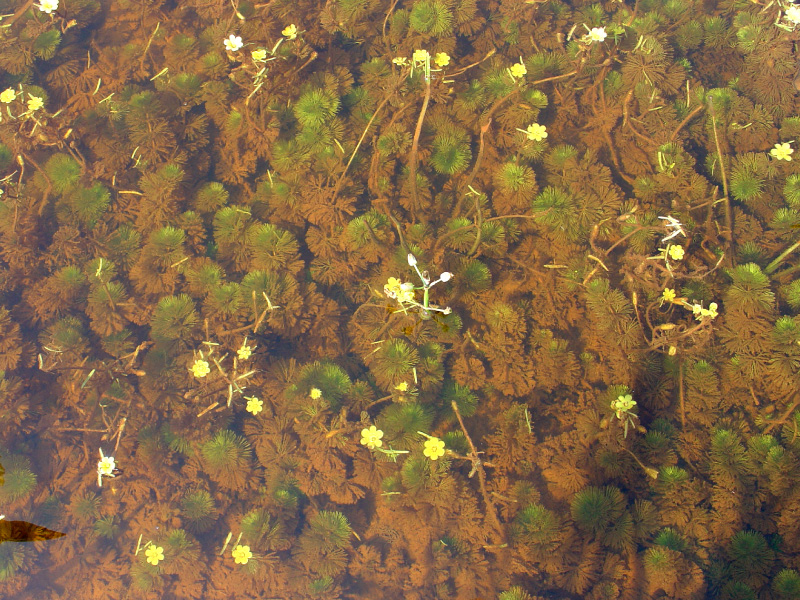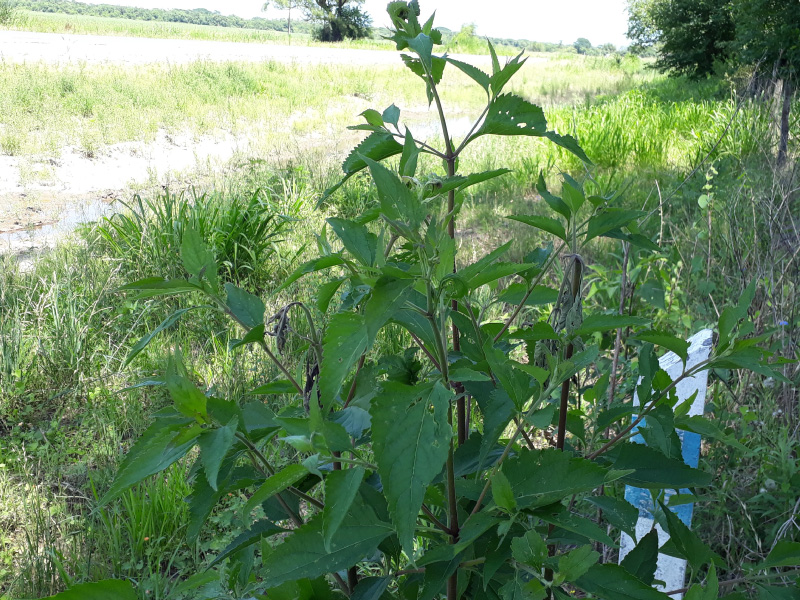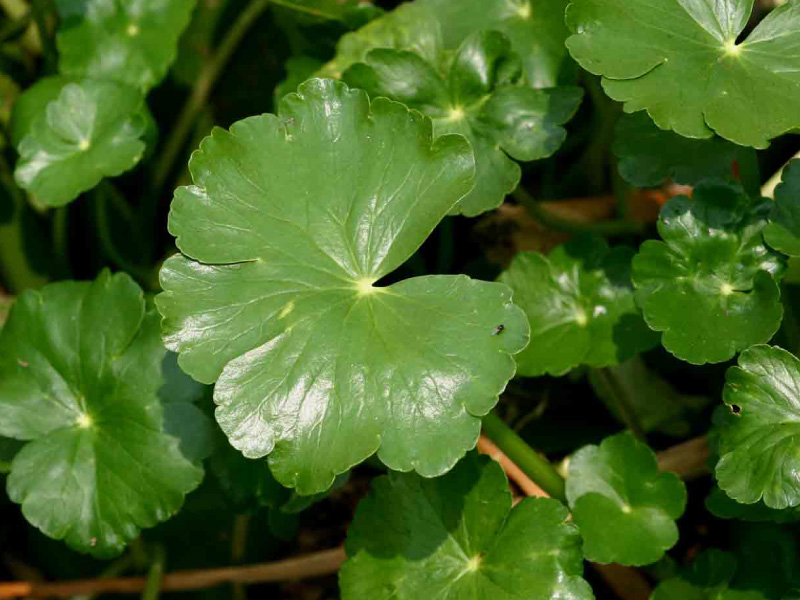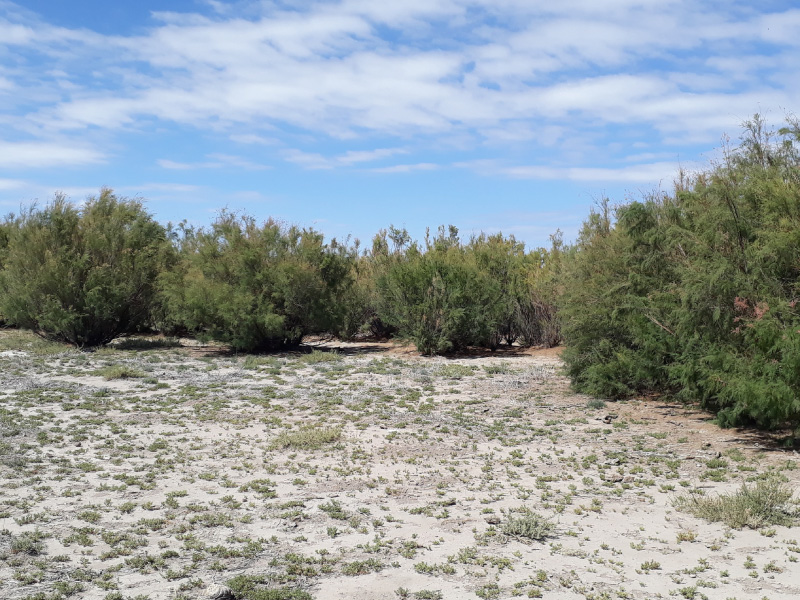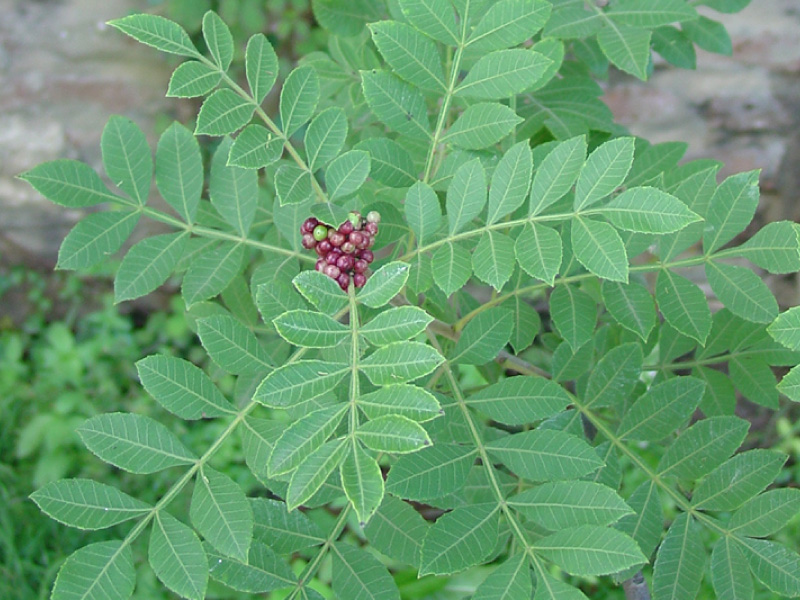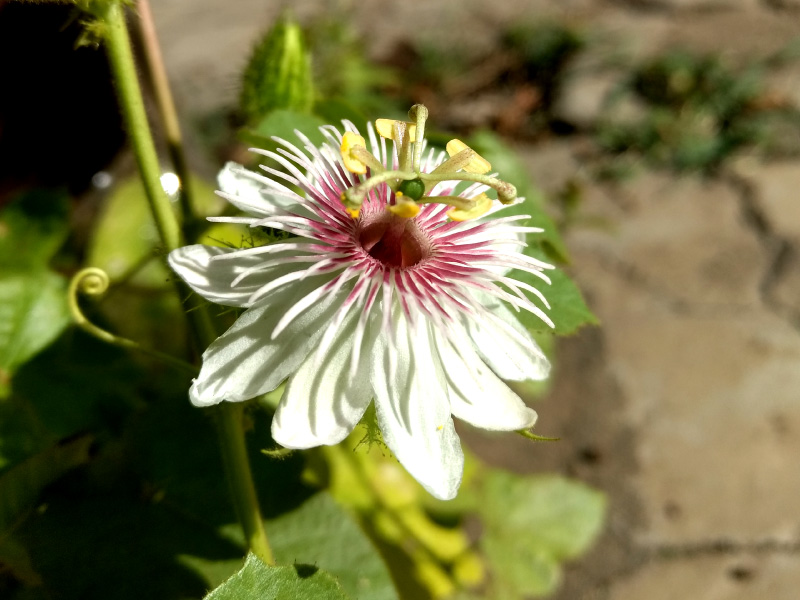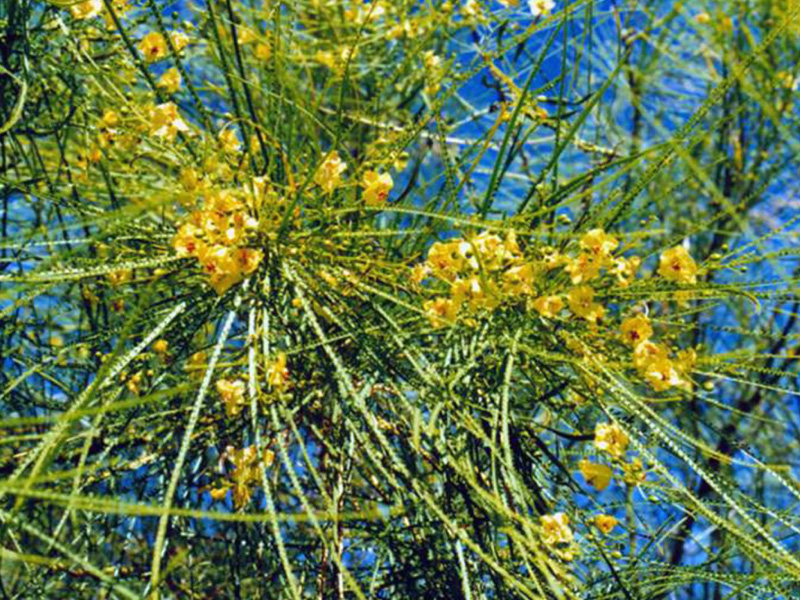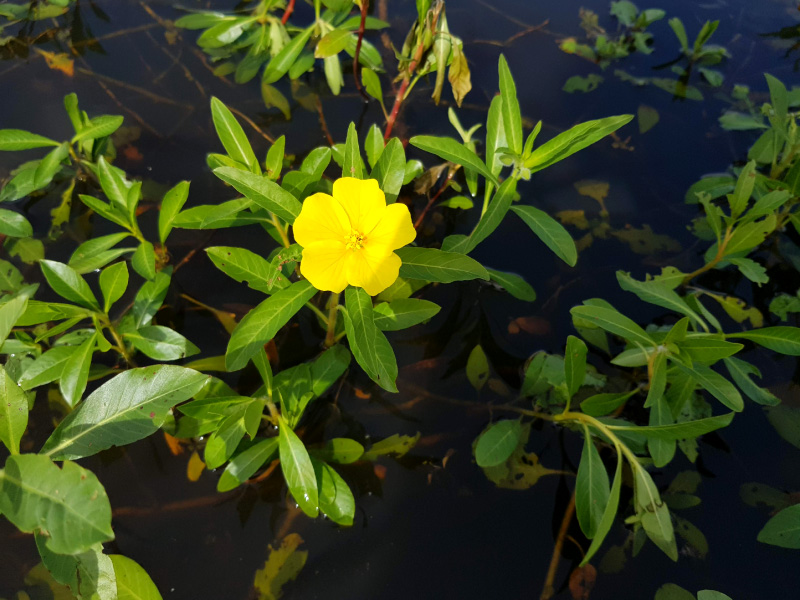21 May Cabomba caroliniana (Water Fanwort)
[vc_row css_animation="" row_type="row" use_row_as_full_screen_section="no" type="full_width" angled_section="no" text_align="left" background_image_as_pattern="without_pattern"][vc_column][vc_column_text] Cambomba caroliniana (Water Fanwort) Cabomba caroliniana, is a submerged plant native in Argentina. It has become an invasive weed in Australia. The weevil Hydrotimetes natans has been exported to quarantine facilities in Brisbane to continue with the specificity tests....

